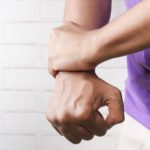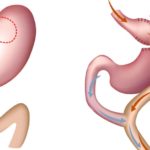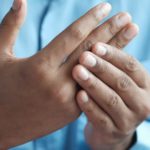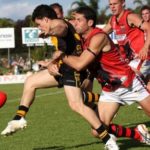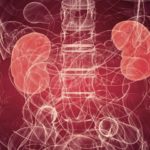Sports injury recovery – how it can be done?
Sports injury recovery, also known as rehabilitation, is an ongoing process of restoration of function based on principles of tissue healing. The goal is to enhance the recovery of injured tissues. Any undue stress which delays healing is avoided. All this is achieved through an understanding of normal anatomy (structure), physiology (function), tissue injury, and healing.
Relief of pain and swelling of joints
All the information about the injury (mode, severity, type, and duration), investigations done earlier, and the treatment (type of surgery) is noted. The expectations of the physician should be communicated to the rehabilitation specialist. The rehabilitation specialist examines the involved joints and functions so as to formulate a rehabilitation plan. This program is individualized depending on the patient’s response to injury.
It is ideal to decrease the patient’s pain, joint swelling, and effusion (fluid collection in joint) due to injury or disease. These conditions cause pain due to the stimulation of nerves and inhibit muscle contractions. This may result in atrophy (thinning and weakening) of muscles. During rehabilitation exercises, any increase in pain or swelling is monitored.
Joint movements
In the early stages of healing of injury, joint movements are restricted to allow healing to take place. This leads to a reduction of muscle strength and the weakening of joint cartilage. Recent studies have shown immediate controlled motion prevents these changes and results in a better outcome.
Prevention of muscle wasting
Isometric exercises (muscle contraction without joint movement) are started in the early phase of rehabilitation to prevent the wasting of muscles. Isometric contractions are performed for each muscle at all angles throughout the range of movement of a joint and has been found to be very efficient in maintaining muscular strength. This can also be achieved with electrical muscle stimulation.
Restoration of muscular strength
This is achieved through isotonic exercises (muscle contraction with joint movement). Weight is gradually applied and increased to progressively improve muscle strength. The isotonic exercises are performed as either isolated joint movements, like knee extension, or multiple joint movements, as in a squat. This also increases the endurance of the muscle group.
Restoration of neuromuscular control
The sensation of joint position and joint movement depends on the proprioceptors (nerve fibers) present in the joint and surrounding tissues. During the later phases of rehabilitation, exercises to enhance the person’s ability to detect the joint position and movement are performed to improve neuromuscular control. Exercises like single-leg balancing on an unstable surface improve the dynamic stability of a joint. Balance beam walking, lunges onto an unstable surface, and step-up exercises while standing on an unstable surface are used to strengthen the knee muscles.
Reconditioning
Rehabilitation must be performed in a gradual manner. Reconditioning involves the progressive loading of tissues through exercises so as to increase the function gradually. A complete range of movements of the joints is achieved during these exercises.
Return to activity
A return to the sports activities boosts the confidence of the person. The particular sports-related movements are practiced and gradually progressed to the full extent. The procedure designed to bring above is called ‘Interval sports program”. Finally, the person returns to full unrestricted sport or activity.
Sports injuries are common. Usually, they affect lower limbs more commonly and severely than the upper limbs. All injuries require a period of healing, which if prolonged may result in a reduction of performance. Rehabilitation is aimed at the restoration of function to the optimum while following the principles of tissue healing. Successful rehabilitation is done through achieving a complete range of movement of joints, static stability of joints, adequate muscular strength and endurance, and finally the dynamic stability. All these are confirmed by a complete clinical examination and then the person returns to the normal sports activity gradually. The ultimate goal of injury recovery is not to get the patient or sportsperson back to activity fast but only when it is safe and appropriate.





